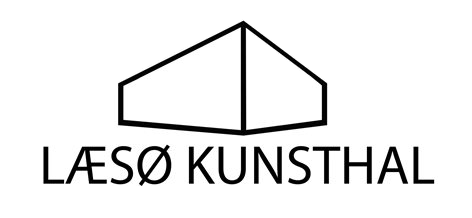Laesoe Art Hall made a strong claim to new fame when the exhibition “The political art” opened in June 2019. The exhibition was already under massive attack, much due to the fact that it opened only 72 hours after the general elections that year. Thus the exhibition was used as a tool of communication among political actors in the elecation campaigns. This possibly fueled the massive attention it gained.
Much of the content of the exhibition was guided by the organisation Passion For Freedom in London.
In 2021 a new version of the same concept was made into an exhibition in a collaboration between Laesoe Art Hall and The Ujazdowski Castle Centre for Contemporary Art (CSW) in Warsaw, and again with Passion For Freedom. All three partners contributed with lists of artists to present.
The Warsaw edition of Political Art was seen by roughly 25.000 guests, and reviewed or condemned in more than 100 articles around the world. Add to that TV and radio debates in Poland, Denmark and Sweden. The opening of the exhibition was announced in Norwegian afternoon radio, and a feature about it was printed in a newspaper in Guatemala.
In 2023 the Danish publisher Alinea introduced an educational online platform called “Political Art” for 10th-graders in the public school. The content was written by Yours Truly. Also in 2023 Laesoe Art Hall was contacted by a media corporation doing research on Political Art.
Also in 2023 work is being done to create a third version of the exhibition in a major Western city.
“Political Art” belong to the Critical Art tradition and is often blended with or misinterpreted as ‘political communication’. We use the term to designate art arising from a suffering consciousness over issues occuring in the political domain. ‘Political communication’, on the other hand, consists of clear messages from a sender to a number of receivers.
“Political art is a form of artistic expression that intertwines with politics, social issues, and activism. It serves as a powerful tool for artists to convey their perspectives, critique societal norms, and provoke thought and dialogue about the pressing matters that shape our world. Rooted in history and continuing to evolve, political art has played a significant role in inspiring social change, challenging power structures, and amplifying marginalized voices.
Since ancient times, art has been used to communicate political messages, often reflecting the prevailing ideologies and power dynamics of the era. From ancient civilizations’ depictions of rulers and conquests to the revolutionary propaganda of the 20th century, artists have embraced their ability to shape public opinion and challenge the status quo through their creations.
Political art takes various forms, encompassing paintings, sculptures, photography, street art, performance art, and more. Artists engage with political themes by addressing issues such as human rights, social injustice, war, inequality, gender and racial discrimination, environmental concerns, and government policies. They confront viewers with thought-provoking imagery, symbolism, and narratives, aiming to evoke emotions, raise awareness, and foster critical thinking.
One of the distinctive qualities of political art is its ability to transcend boundaries and reach a diverse audience. It often employs visual metaphors, satire, or provocative aesthetics to subvert established norms and challenge the dominant narratives. By doing so, political art encourages viewers to question their assumptions, reflect on their own beliefs, and engage in broader conversations about the complex realities of our world.
In an era of global connectivity and social media, political art has gained even greater visibility and impact. Artists can now reach a wider audience instantaneously, creating art that transcends borders and resonates with people across cultures and geographies. The digital realm has also enabled new forms of artistic expression, including online activism, digital art, and interactive installations that engage viewers in immersive experiences.
Political art serves as a testament to the power of creativity, offering a unique lens through which we can examine and challenge the world around us. It invites us to question authority, imagine alternative futures, and actively participate in shaping a more just and equitable society. By blending artistry with social consciousness, political art stands as a potent force that illuminates the intersections between aesthetics, politics, and the human experience.”
Jon Eirik Lundberg and Chatgtp
